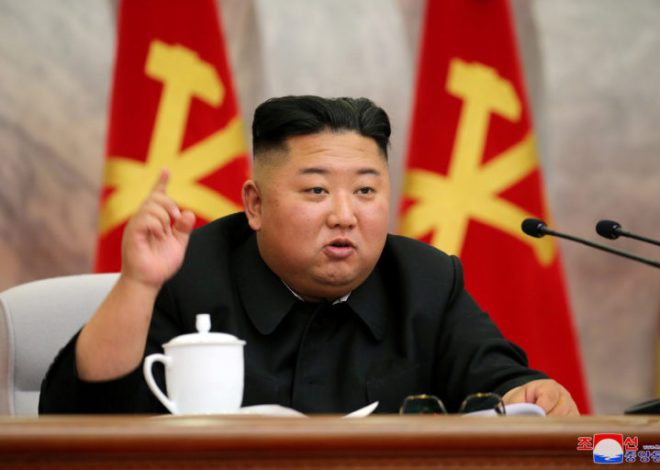
China Fires Intercontinental Missiles Into Pacific Ocean.
China said it test-launched an intercontinental ballistic missile on Wednesday, firing it into the Pacific Ocean in a rare trial run that flexed its military might.
Beijing has stepped up its nuclear development in recent years, with the Pentagon last October warning China was developing its arsenal more quickly than the United States had anticipated.
China held more than 500 operational nuclear warheads as of May 2023 and is likely to have more than 1,000 by 2030, it said.
On Wednesday, the Chinese military’s “Rocket Force launched an ICBM… carrying a dummy warhead to the high seas in the Pacific Ocean at 08:44 on September 25, and the missile fell into expected sea areas”, the defence ministry said in a statement.
An analyst told AFP that China has typically conducted such tests in its own airspace.
“This is extremely unusual and likely the first time in decades that we’ve seen a test like this,” said Ankit Panda, Stanton Senior Fellow at the Carnegie Endowment for International Peace.
“(The test) likely speaks to China’s ongoing nuclear modernisation manifesting in new requirements for testing,” he added.
China’s defence ministry, however, called the firing a “routine arrangement in our annual training plan”.
“It is in line with international law and international practice and is not directed against any country or target,” it said.
– Third-largest stockpile –
The United States and China in November held rare talks on nuclear arms control, part of a bid to ease mistrust ahead of a summit between leaders Joe Biden and Xi Jinping.
But in July, Beijing said it had suspended negotiations with the United States on nuclear non-proliferation and arms control in response to Washington’s weapons sales to Taiwan.
In an annual report, the Stockholm International Peace Research Institute (SIPRI) listed China as having the world’s third-largest stockpile of nuclear warheads, after Russia and the United States.
This year, Beijing announced it would boost its defence budget – the world’s second-largest – by 7.2 per cent.



